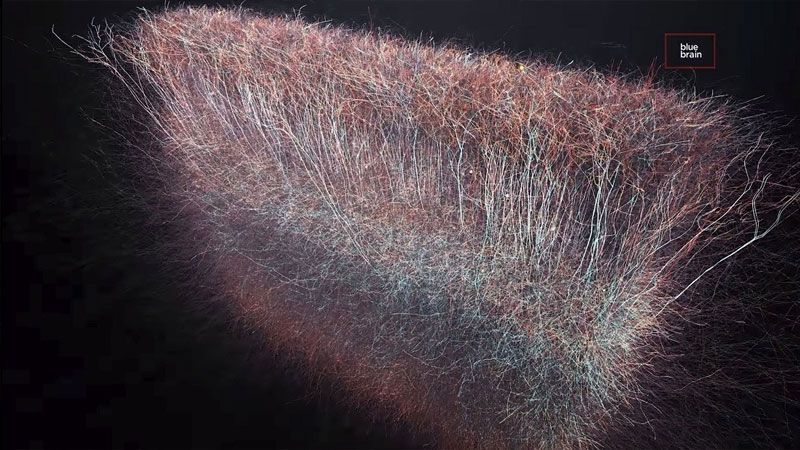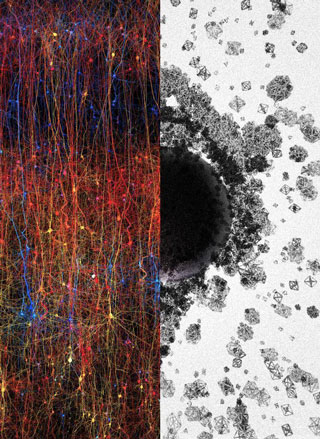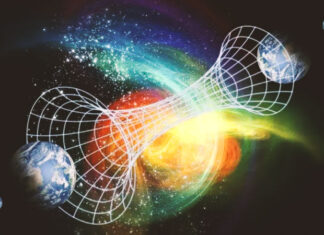
A study led by the Blue Brain Project has revealed fascinating new details about the complexity of the human brain: the structures of the human brain operate in up to 11 dimensions.
“We found a world we had never imagined. There are tens of millions of these objects, even in a small particle of the brain, across seven dimensions. In some networks, we even found structures with up to eleven dimensions”, explained neuroscientist Henry Markram, director of the Blue Brain Project and professor at EPFL in Lausanne, Switzerland.
By studying the human brain, researchers discovered that traditional mathematical views were ineffective and therefore not applicable. Instead, scientists decided to give an algebraic topology.
“Mathematics generally applied to study networks cannot detect the high-dimensional structures and spaces that we now clearly see”, revealed Markram.
Algebraic topology is a branch of mathematics that uses tools from abstract algebra to study topological spaces.
Project Blue Brain scientists were assisted by mathematicians Kathryn Hess from EPFL and Ran Levi from the University of Aberdeen in applying this discipline in their new study.
“Algebraic topology is like a telescope and a microscope at the same time and can zoom in on networks to find hidden structures, like trees in a forest, and see the empty spaces, the clearings, all at the same time”, explained Professor Hess.
Scientists have discovered that structures within the brain are created when a group of neurons (the cells that transmit signals in the brain) form something called a ‘click’. Each neuron is connected to every other neuron in the group in a unique way, creating a new object. The more neurons there are in a click, the greater the number of dimensions of the object.
Algebraic topography has allowed scientists to model the structures within a virtual brain, created with the help of supercomputers.
By adding stimuli to the virtual brain, the researchers found that clicks of progressively higher dimensions were brought together. Furthermore, scientists discovered the formation of cavities between the groups.

In the image above, we see on the left a digital copy of a part of the neocortex, the most evolved part of the brain. On the right are shapes of different sizes and geometries in an attempt to represent structures ranging from 1 dimension to 11 dimensions. The “black hole” in the center is used to symbolize a complex of multidimensional spaces.
“The appearance of high-dimensional cavities when the brain is processing information means that the neurons in the network react to stimuli in an extremely organized way. It is as if the brain reacts to a stimulus by building and then destroying a tower of multidimensional blocks, starting with rods (1D), then boards (2D), then cubes (3D), and then more complex geometries with 4D, 5D, etc. The progression of activity through the brain resembles a multidimensional sandcastle that materializes from the brain. sand and then disintegrates”, explained Levi.
New data about the human brain offers unprecedented insight into how the human brain processes information.
However, scientists said it remains unclear how the clicks and cavities create their highly specific shapes.
The new study could eventually help scientists uncover one of the biggest mysteries in neuroscience: where does the brain store its memories?
“They may be hidden in high-dimensional cavities”, concluded Markram.


















